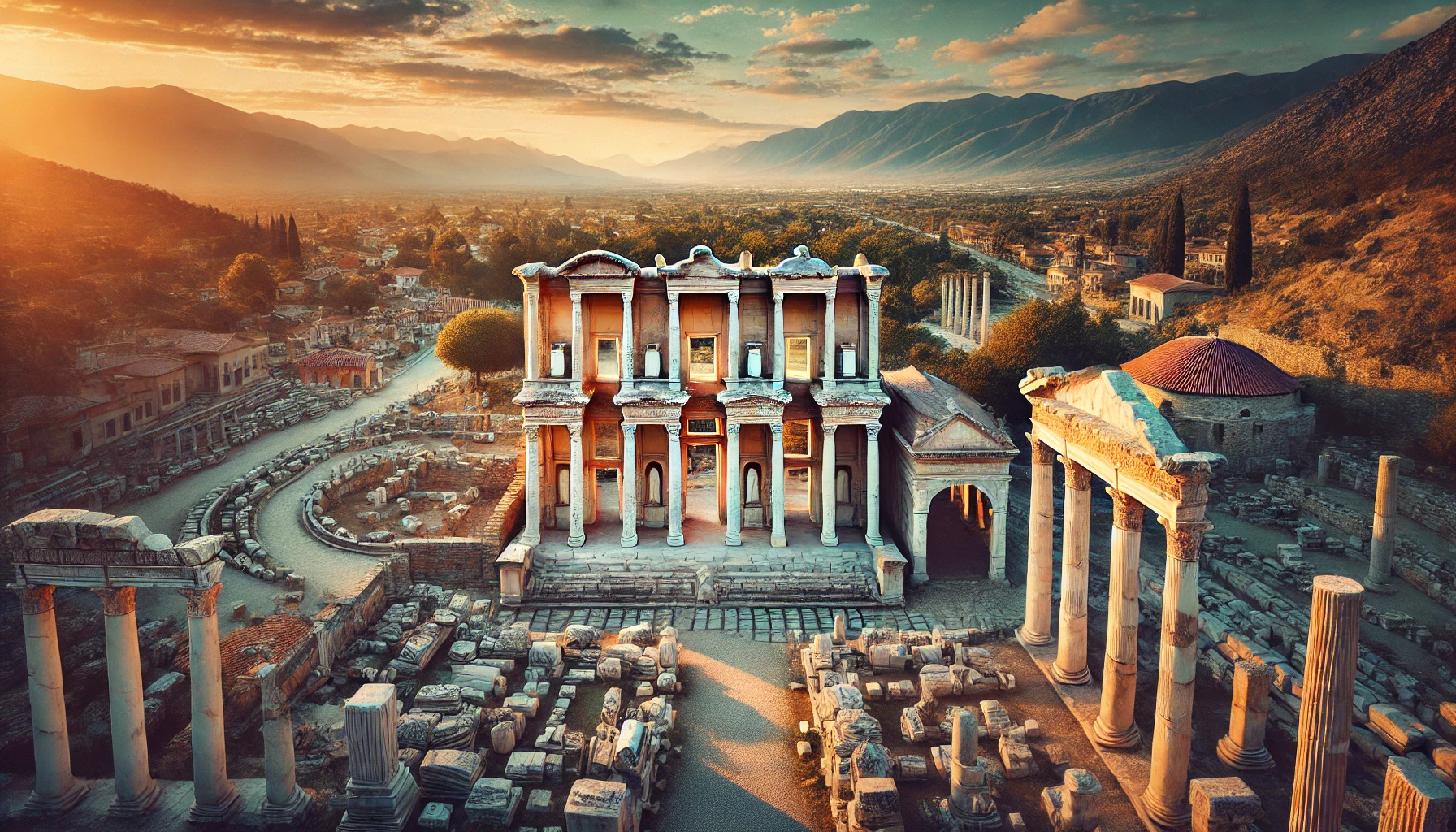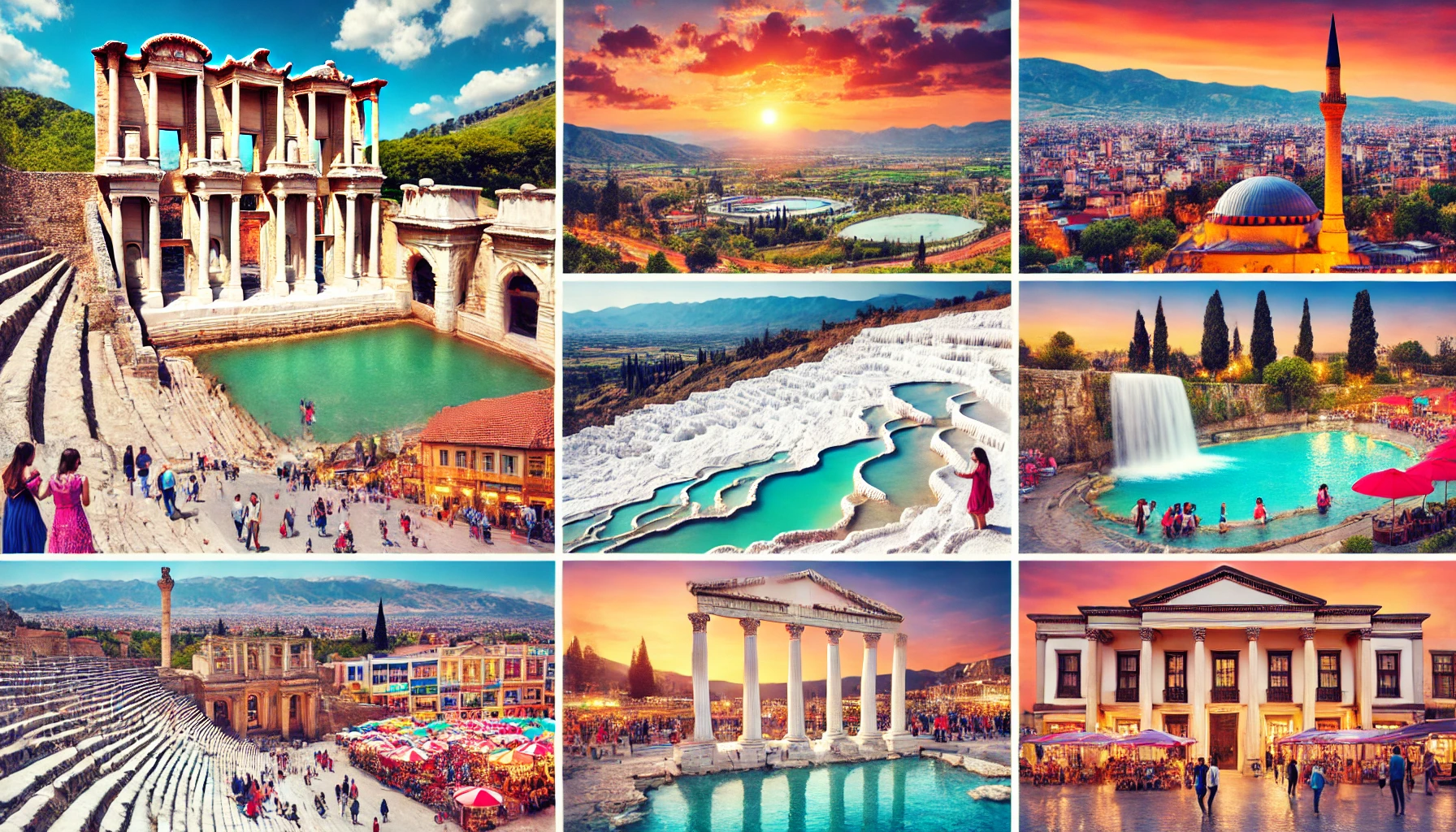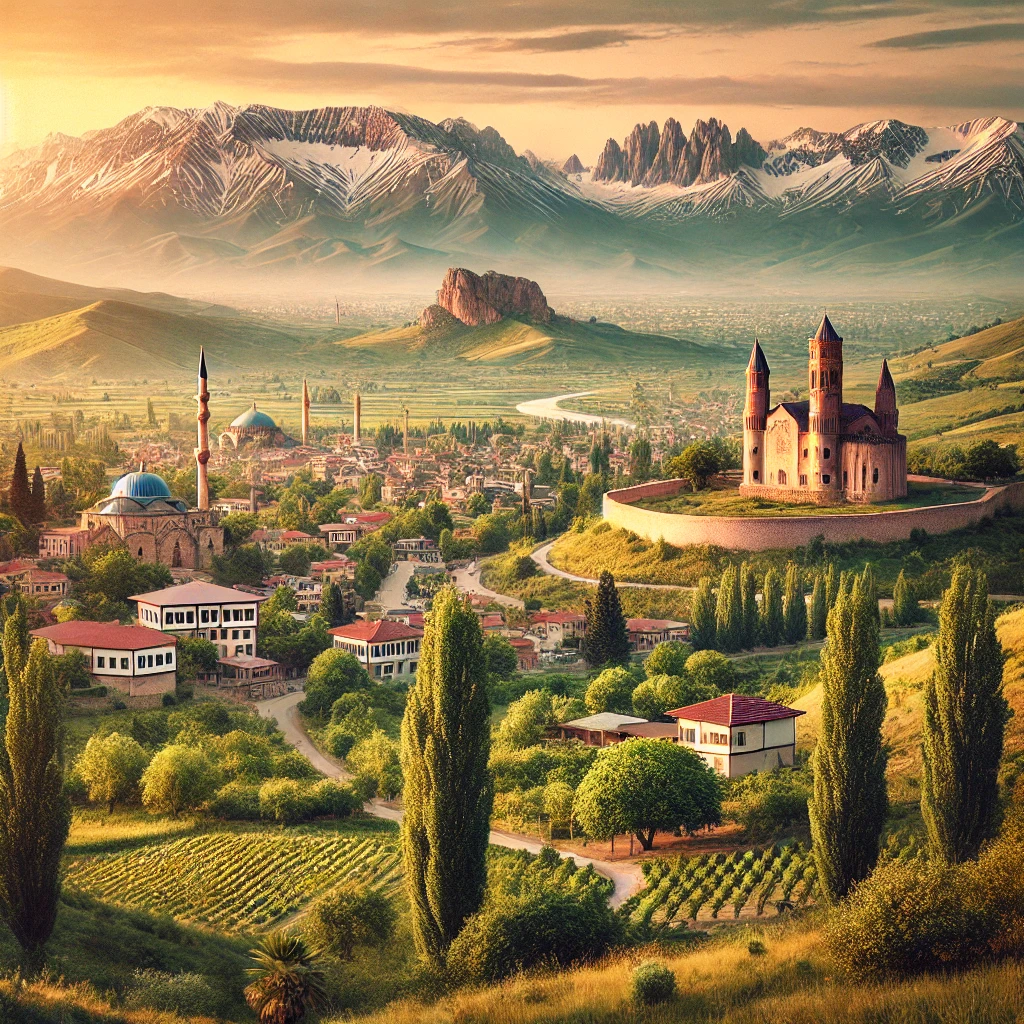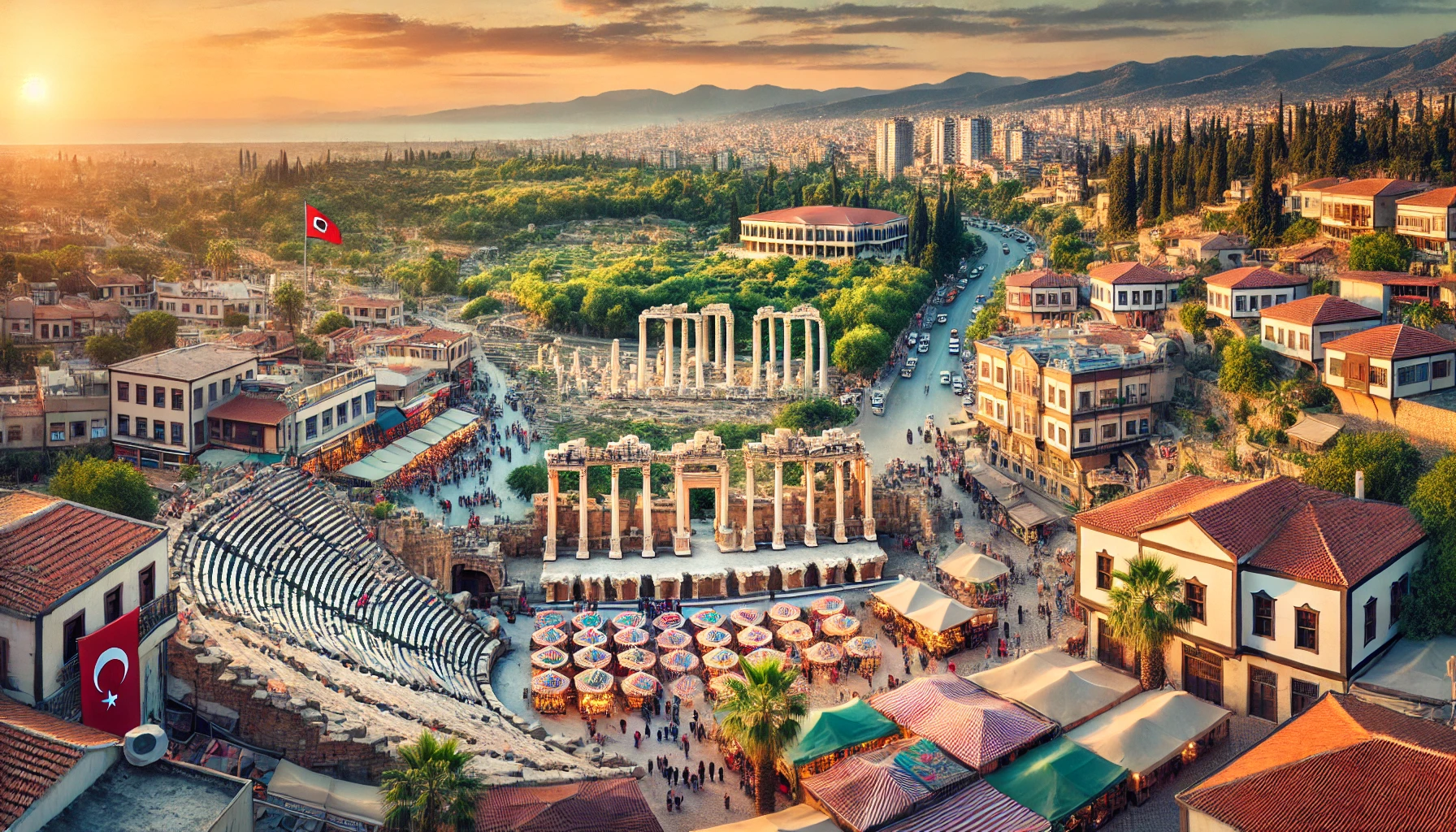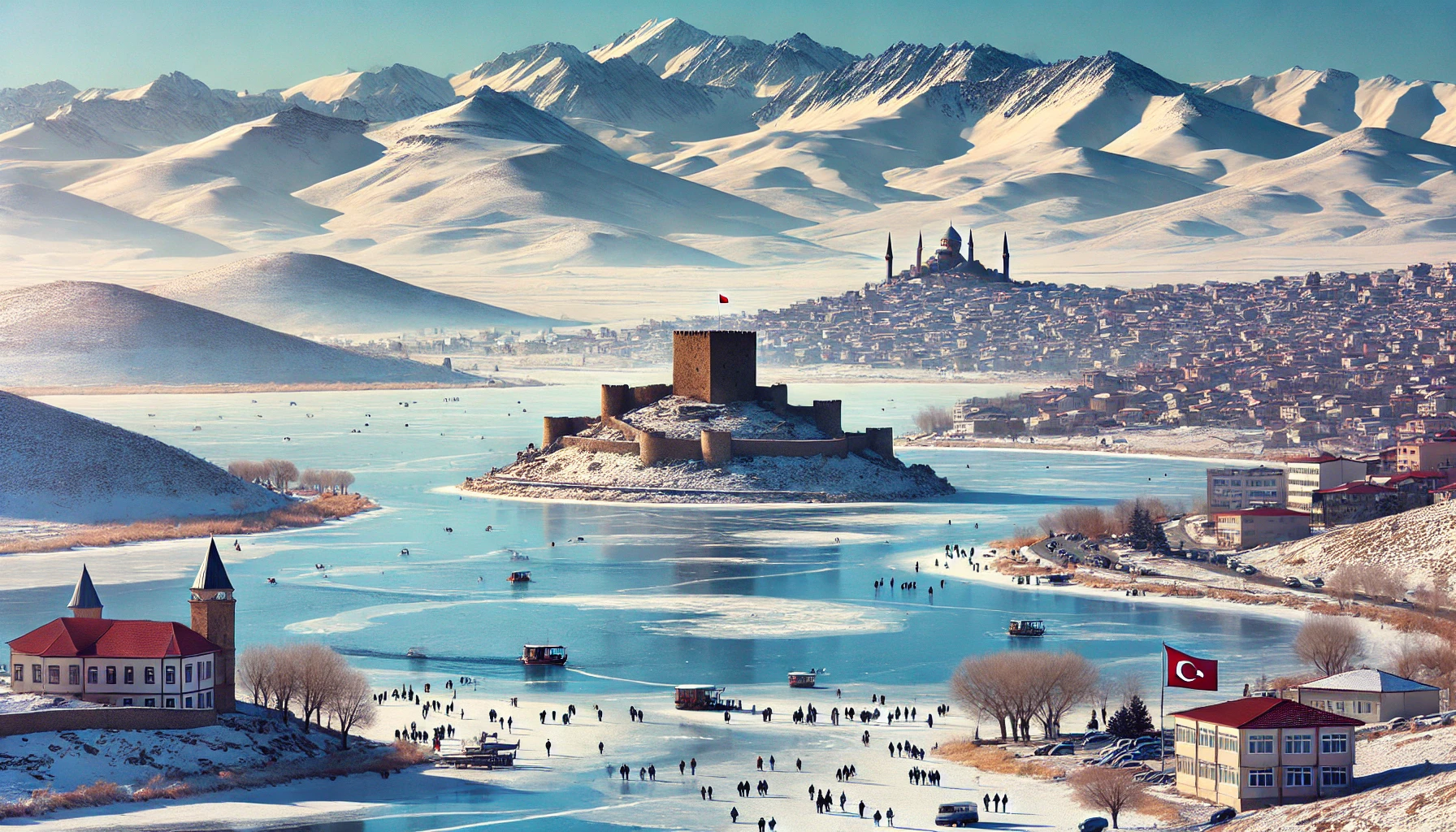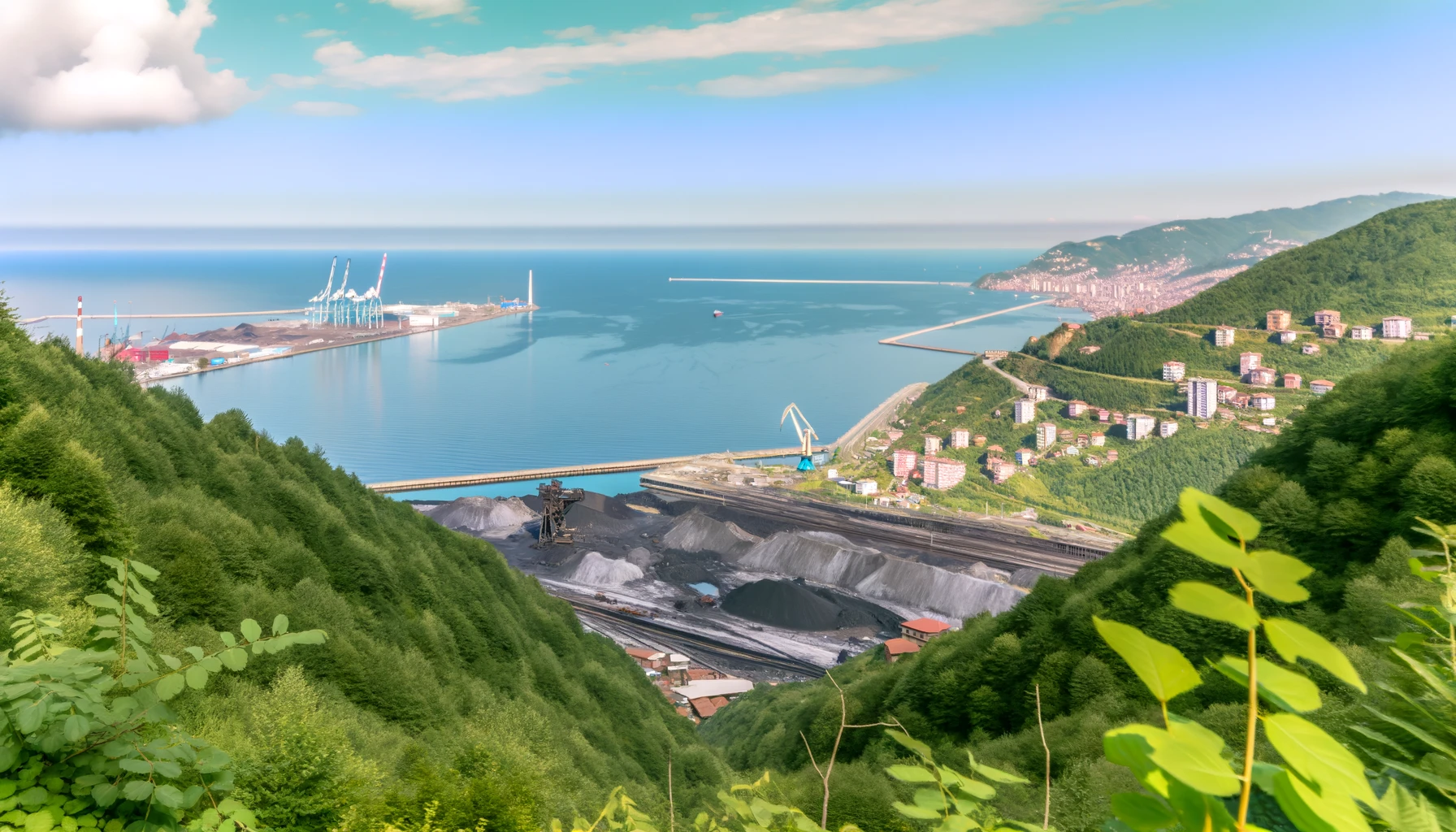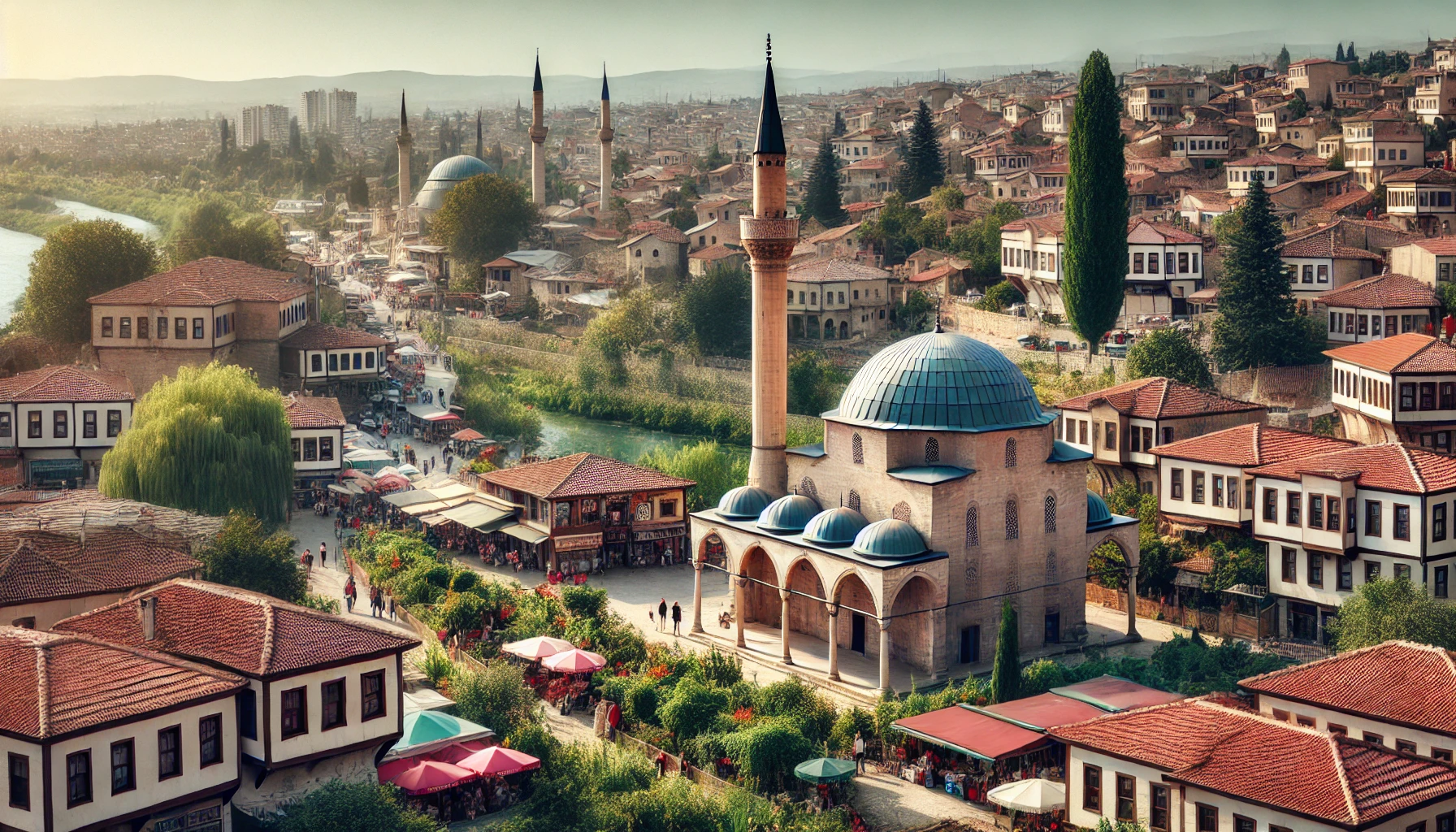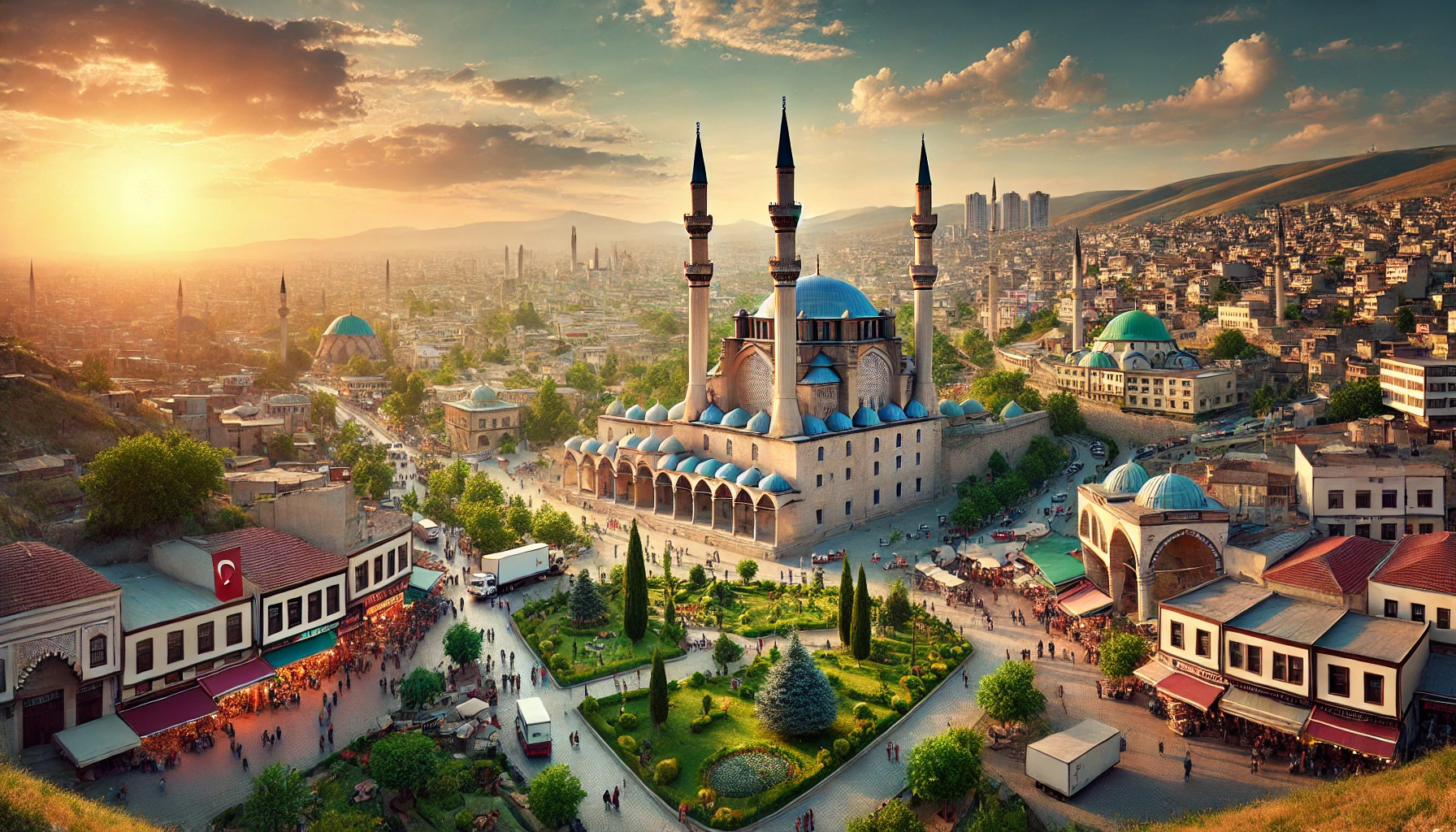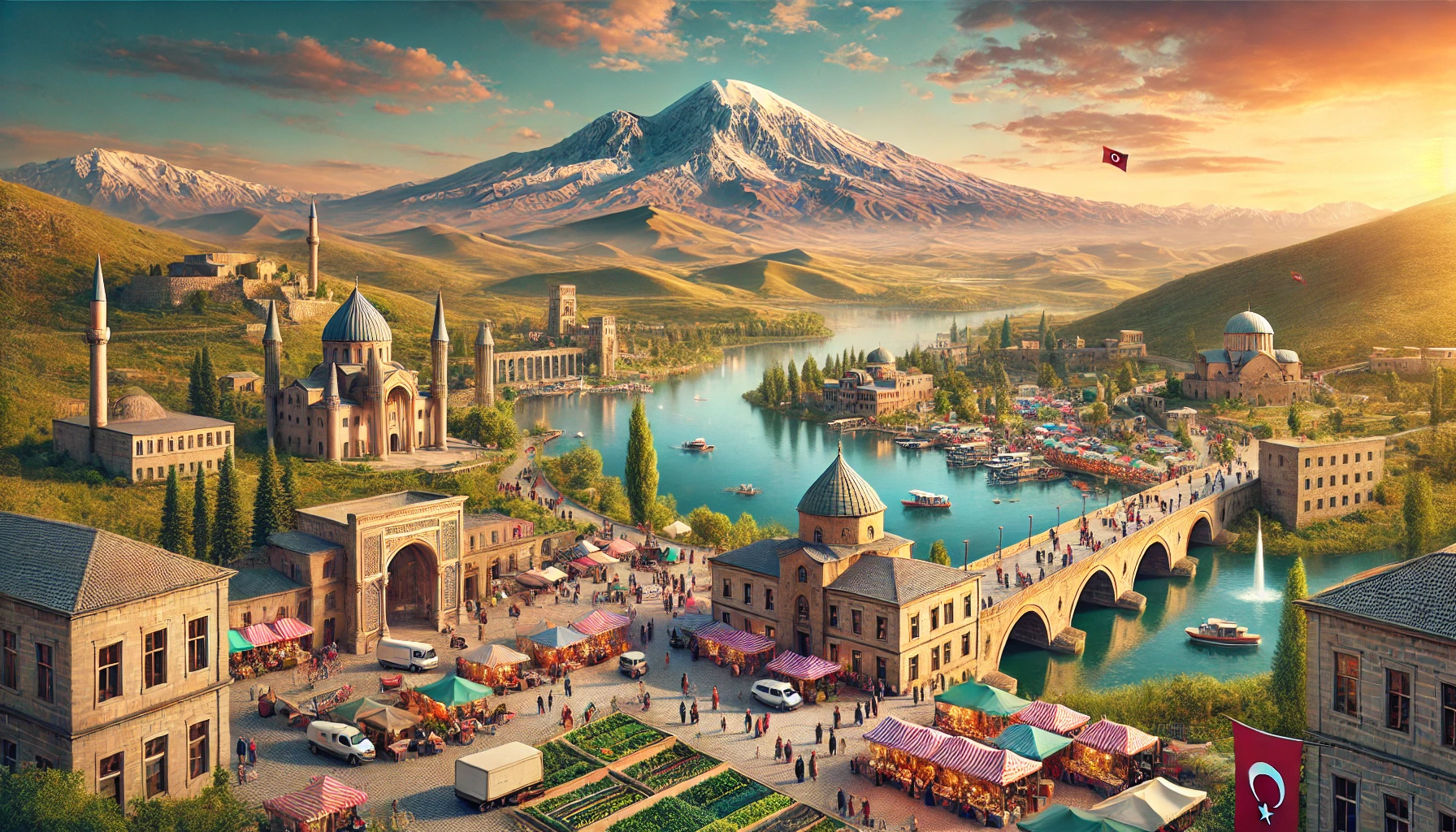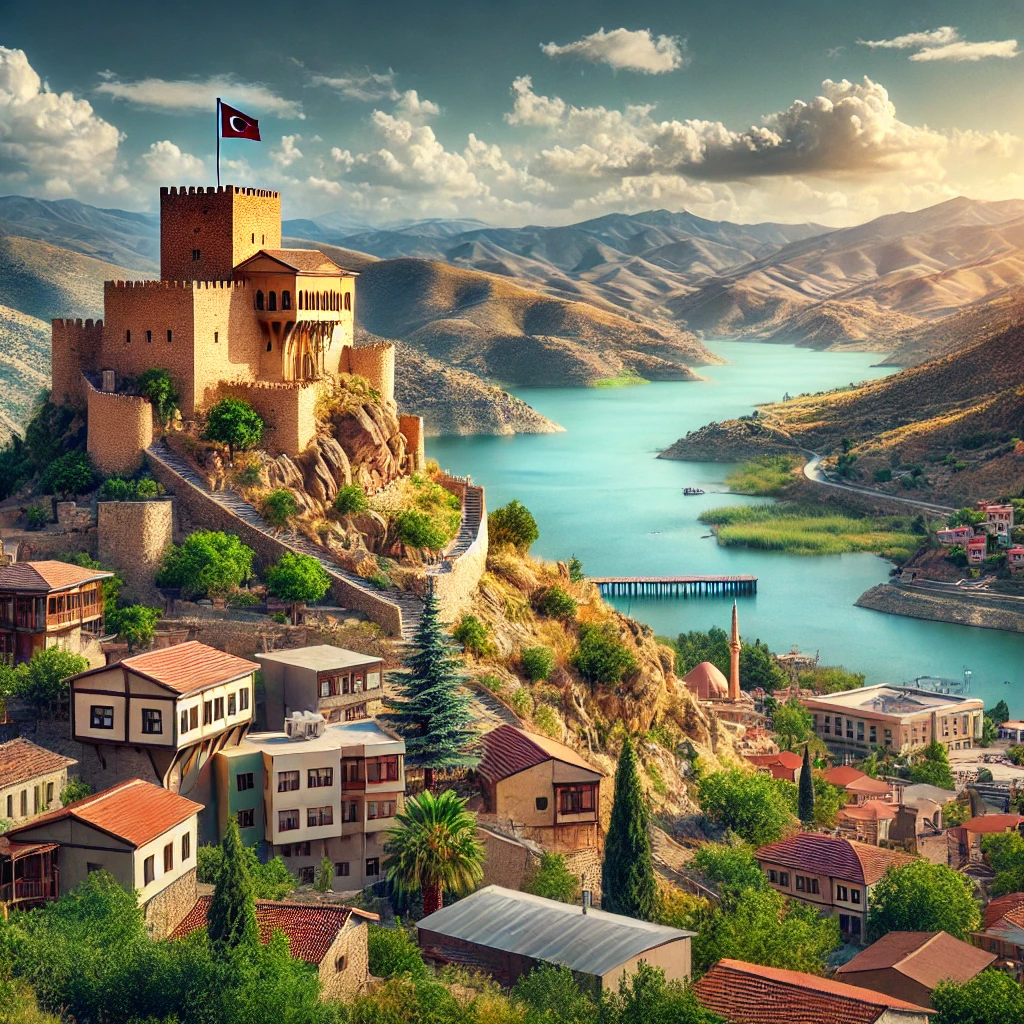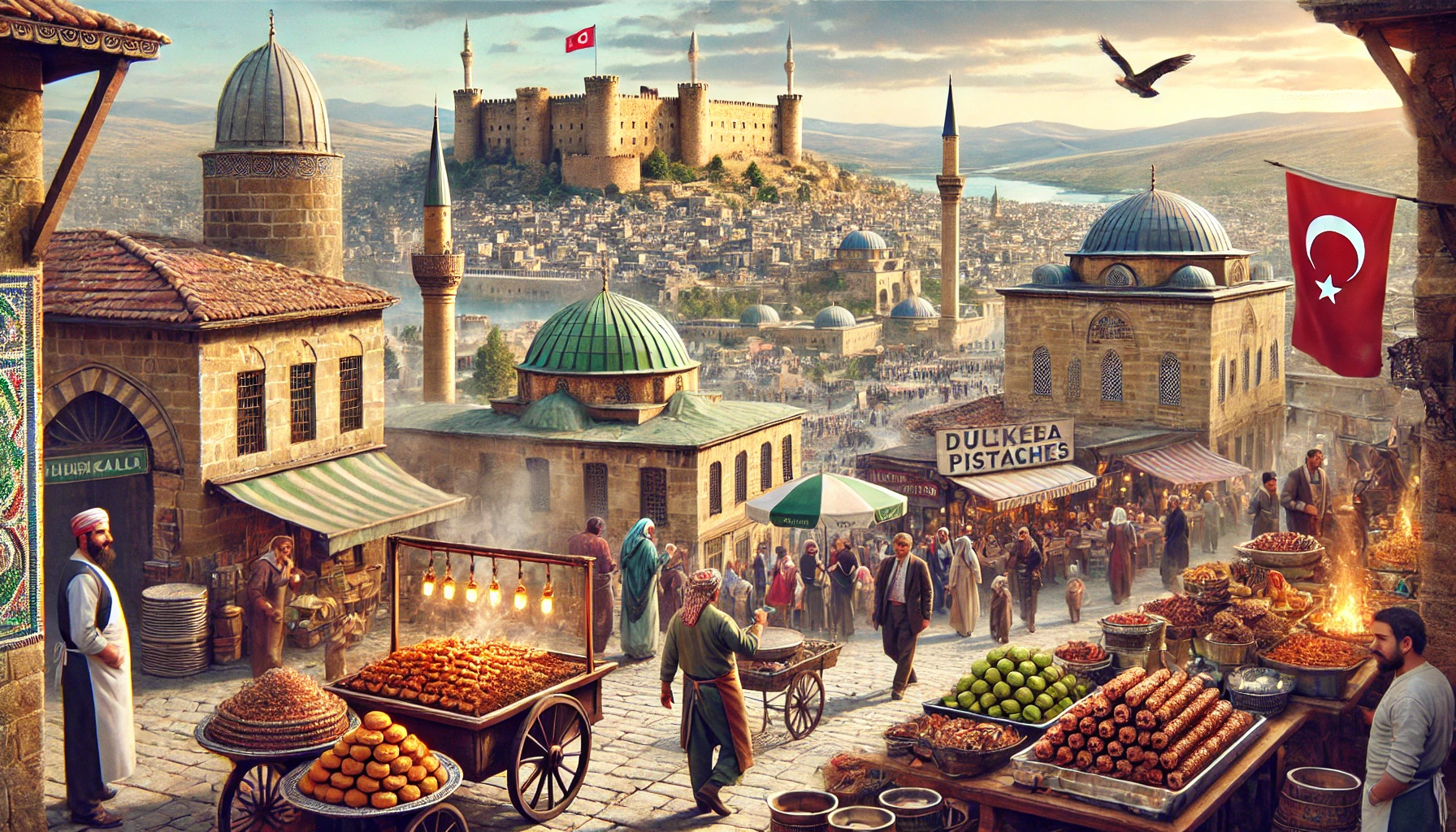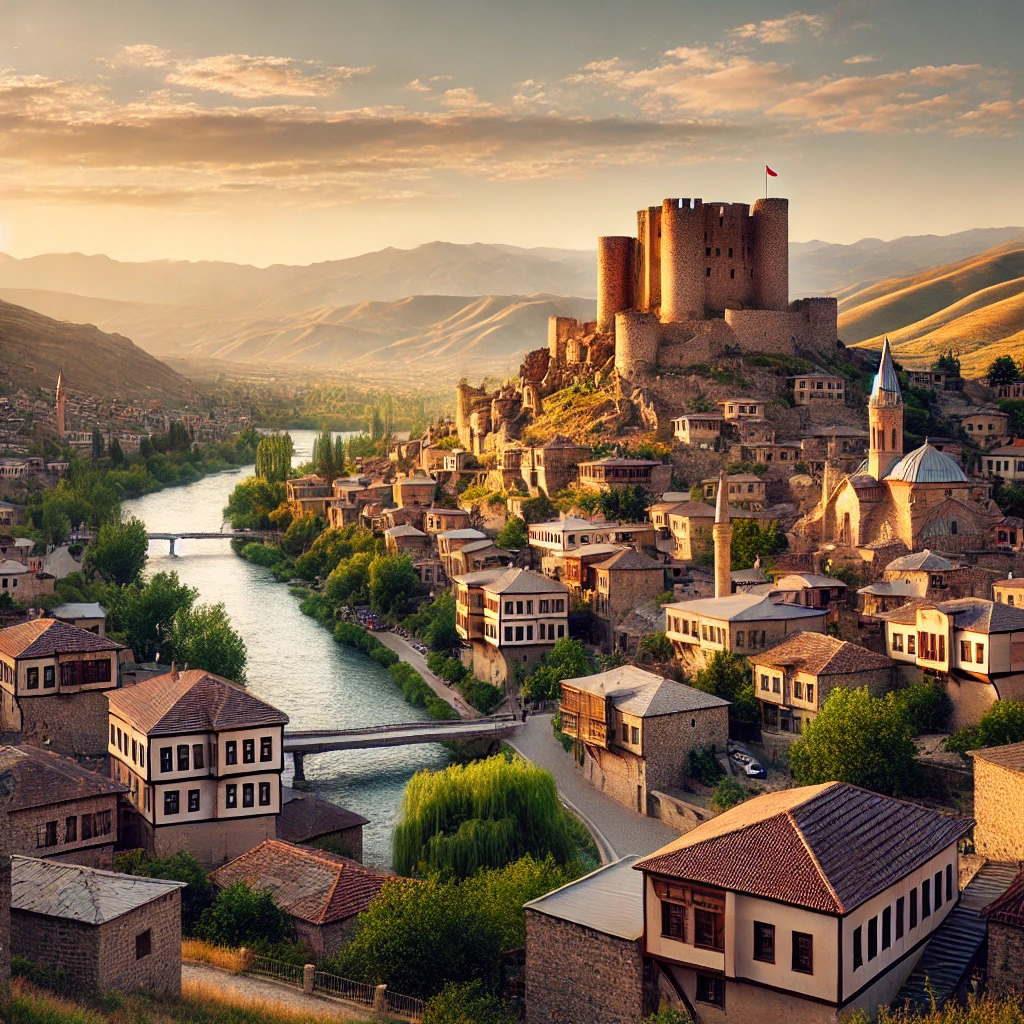Aphrodisias: The Ancient City of Beauty and Love
Aphrodisias, an ancient city named after Aphrodite, the goddess of beauty and love, is one of Turkey’s most well-preserved archaeological treasures. This unique site, located 38 km south of Nazilli in the Geyre village of the Karacasu district, offers a fascinating glimpse into ancient civilizations and their architectural prowess. Despite the devastating impact of a major earthquake in the 7th century AD, Aphrodisias remains a testament to the grandeur of ancient times. In this article, we will explore the rich history, significant landmarks, and cultural heritage of Aphrodisias, making it a must-visit destination for travel enthusiasts.
A Brief History of Aphrodisias
Origins and Early Development
The origins of Aphrodisias can be traced back to the late Neolithic ages, indicating that the area has been inhabited for thousands of years. However, the city began to gain prominence during the Hellenistic period, particularly after the 2nd century BC when Roman influence started to rise in the region. The city’s association with Aphrodite, the goddess of beauty and love, added a holy attribute to it, attracting pilgrims and patrons from across the region.
Roman Supremacy and Urban Flourishing
Under Roman rule, Aphrodisias flourished as a cultural and religious center. The city became renowned for its exquisite sculptures, many of which were crafted from the high-quality marble quarried nearby. The Roman emperors bestowed special privileges on Aphrodisias, enhancing its status and infrastructure. This period saw the construction of many significant structures, including temples, theatres, and public baths, contributing to the city’s architectural splendor.
Decline and Rediscovery
Aphrodisias experienced a decline following a major earthquake in the 7th century AD, which caused extensive damage to the city. Over time, the site was abandoned and gradually forgotten, buried under layers of earth. It wasn’t until the 20th century that systematic excavations began, spearheaded by Prof. Kenan Erim in 1961. His dedicated work brought much of Aphrodisias back to light, revealing its historical significance and architectural marvels.
Must-See Landmarks in Aphrodisias
The Temple of Aphrodite
At the heart of Aphrodisias lies the Temple of Aphrodite, one of the city’s most iconic landmarks. Originally built in the 1st century BC, the temple was later converted into a Christian basilica during the Byzantine period. The temple’s grandeur is evident in its remaining columns and intricate carvings, which reflect the artistic excellence of ancient craftsmen. The site remains a powerful symbol of the city’s religious and cultural heritage.
The Tetrapylon
The Tetrapylon is a richly decorated monumental gate that once served as the grand entrance to the Temple of Aphrodite. Erected in the 2nd century AD, this impressive structure is adorned with intricate reliefs and columns, showcasing the city’s architectural sophistication. The Tetrapylon’s elaborate design and well-preserved state make it a must-see feature of Aphrodisias.
The Agora
The Agora, or marketplace, was the social and commercial hub of ancient Aphrodisias. This open space, surrounded by columns and porticos, was where citizens gathered for trade, political discussions, and social activities. Walking through the Agora, visitors can imagine the vibrant atmosphere that once characterized this bustling center of daily life.
The Odeon
The Odeon, a small theatre with a seating capacity of approximately 8,000, was used for musical performances, poetry readings, and public meetings. The structure’s excellent acoustics and elegant design highlight the importance of arts and culture in Aphrodisias. The well-preserved seating and stage area offer a glimpse into the entertainment and civic life of the ancient city.
The Bishop’s Palace and Baths
The Bishop’s Palace, located near the city’s center, served as the residence of the Christian bishop during the Byzantine period. Adjacent to the palace are the remains of the public baths, which were an essential part of Roman urban life. These baths, with their elaborate heating systems and spacious interiors, reflect the advanced engineering skills of the time.
The Legacy of Prof. Kenan Erim
A Lifetime Devotion
Prof. Kenan Erim, an archaeologist deeply passionate about Aphrodisias, began excavations at the site in 1961. His dedication to uncovering the city’s history and preserving its artifacts has left a lasting legacy. Prof. Erim’s work not only brought Aphrodisias into the spotlight but also ensured that future generations could appreciate its historical and cultural significance. Today, he is buried in Aphrodisias, a testament to his lifelong commitment to the ancient city.
Continued Excavations
Despite decades of excavations, only about a quarter of Aphrodisias has been uncovered. Archaeologists continue to work at the site, uncovering new artifacts and structures that provide deeper insights into the city’s past. The ongoing research and conservation efforts aim to preserve Aphrodisias for future generations, allowing visitors to explore and learn from this remarkable ancient city.
Visiting Aphrodisias
Getting There
Aphrodisias is located 38 km south of Nazilli, in the Geyre village of the Karacasu district. The site is accessible by car, and there are also organized tours that include Aphrodisias as part of their itinerary. The nearest major city is Denizli, which has good transport connections to other parts of Turkey.
Exploring the Site
Visitors to Aphrodisias can explore the well-preserved ruins, including the Temple of Aphrodite, the Tetrapylon, the Agora, and the Odeon. The site’s layout allows for a self-guided tour, but hiring a local guide can enhance the experience by providing detailed historical context and stories about the city’s past.
Aphrodisias Museum
The Aphrodisias Museum, located near the archaeological site, houses many of the artifacts uncovered during excavations. The museum’s collection includes statues, reliefs, and inscriptions that offer a deeper understanding of the city’s artistic and cultural achievements. The museum is a must-visit for anyone interested in the history and archaeology of Aphrodisias.
Tips for Visitors
When visiting Aphrodisias, it’s important to wear comfortable shoes and bring water, especially during the hot summer months. The site is vast, and exploring it thoroughly can take several hours. Early morning or late afternoon visits are recommended to avoid the midday heat. Don’t forget to bring a camera to capture the stunning ruins and landscapes.
Conclusion: The Timeless Allure of Aphrodisias
Aphrodisias, with its rich history, stunning architecture, and cultural significance, offers a unique and captivating experience for travelers. This ancient city, dedicated to the goddess of beauty and love, continues to enchant visitors with its timeless allure. From the grand Temple of Aphrodite to the intricate carvings of the Tetrapylon, Aphrodisias stands as a testament to the artistic and architectural achievements of ancient civilizations. For anyone interested in history, archaeology, or simply the beauty of ancient ruins, a visit to Aphrodisias is an unforgettable journey through time.
Latest Update: Jul 20, 2024
Your Content Goes Here
TAGS: Anatolia travel, ancient city, ancient ruins, Aphrodisias, archaeology Turkey, cultural heritage, Göbekli Tepe, historical sites Turkey, Kenan Erim, Roman architecture, Temple of Aphrodite, Tetrapylon, travel Turkey, Turkish history, Turkish tourism
Welcome to Denizli
A brief summary of the key points in this article.

